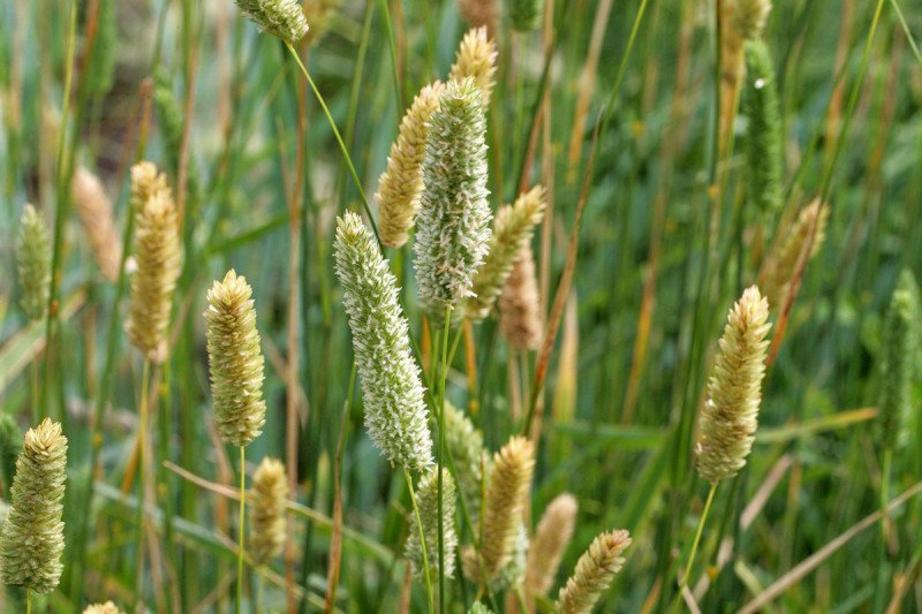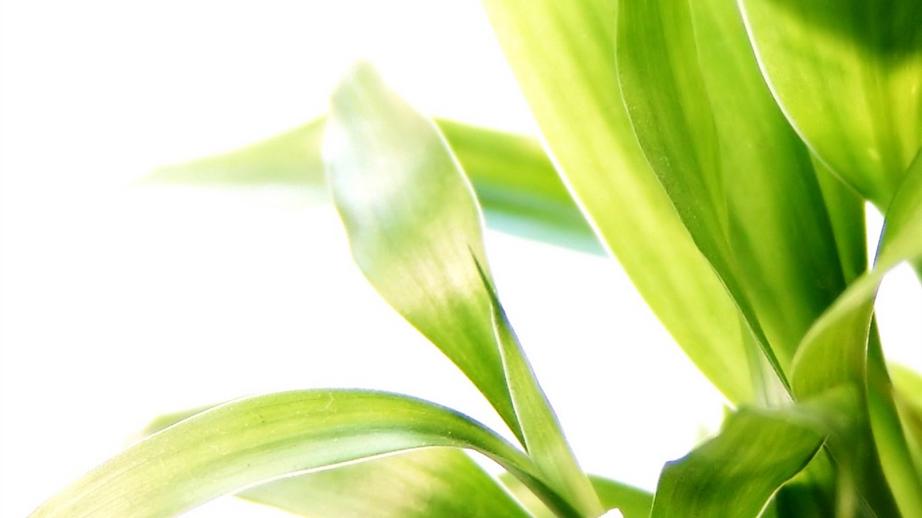Plants have evolved a taste for sand that deters hungry insects
Getting sand in your mouth is an unpleasant experience – and plants seem to know it. Emerging evidence suggests that some plants cultivate a sandy taste to deter herbivores from eating them.
Grasses have particularly high levels of silicon – sometimes in excess of 10 per cent of their dry weight – which they suck from the soil. They use some of this to make silica sand particles, which they deploy along their blades making them abrasive, unpalatable and tough to digest.
James Ryalls at Western Sydney University in Australia and his colleagues have shown that silicon in the common Australian pasture grass – Phalaris aquatica – significantly reduces its appeal to hungry crickets. They also have some of the first evidence to suggest a knock-on adverse effect for higher predators.
The researchers watered half of their P. aquatica specimens with a silicon solution, and the other half with plain water. Those treated with silicon absorbed the element, so that their final silicon content was 1.16 per cent on average, versus 0.86 per cent for untreated plants.
The nitty-gritty
When crickets were given silicon-treated grass to munch on, they ate significantly less than those fed untreated grass, leading them to lose weight.
In turn, this made the crickets less appealing to their predator, the praying mantis. When praying mantises were given six regular crickets each to eat over 24 hours, they ate five on average. But when they were given six crickets that had been fed silicon-treated grass, they only ate three on average.
The crickets raised on silicon-treated grass were probably less appetising to the praying mantises because they had smaller body weights and more silicon in them, says Ryalls. “This shows that silicon uptake in plants can impact up the food chain,” he says.
The study is also one of the first to show that plants use carbon and silicon interchangeably. When P. aquatica grass was exposed to increasingly high levels of carbon dioxide inside a gas chamber, it accumulated less silicon.
 Tastes beachy
Tastes beachy
More carbon, less protection
“Silicon or carbon can be used to build the structure of plants,” says Ryalls. In fact, one theory is that grasses evolved their silicon defence mechanisms millions of years ago during the Miocene, when carbon dioxide levels were low, so plants began to use silicon as a substitute.
It is possible that rising carbon dioxide levels from human activity will gradually reduce the silicon content of plants, making it harder for them to defend themselves against herbivores, says Ryalls. His team is planning to test this hypothesis in a range of plant species.
Reduced silicon in plants could equally affect their ability to guard against pathogens. “Silicon also strengthens plant cells by providing a physical barrier to infection by fungi, bacteria and viruses,” says Elizabeth Dann at the University of Queensland, Australia.
“This study is a good example of the complexities of plant-animal interactions and how these interactions are affected by the environment,” says David Guest at the University of Sydney. “Even subtle environmental changes can be amplified because of the sensitivity of these interactions between organisms.”
Journal reference:
Biology Letters
DOI: 10.1098/rsbl.2016.0912

